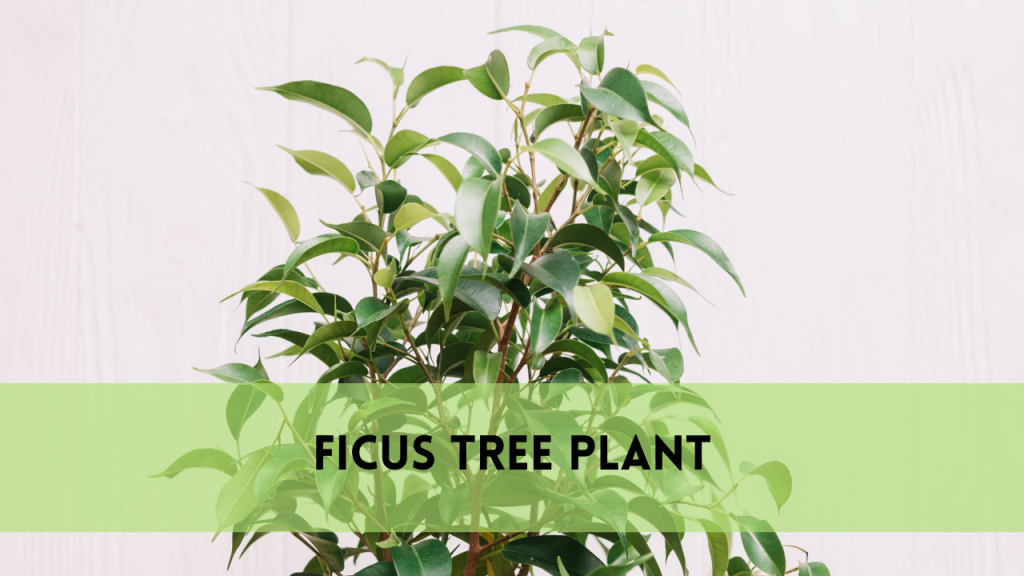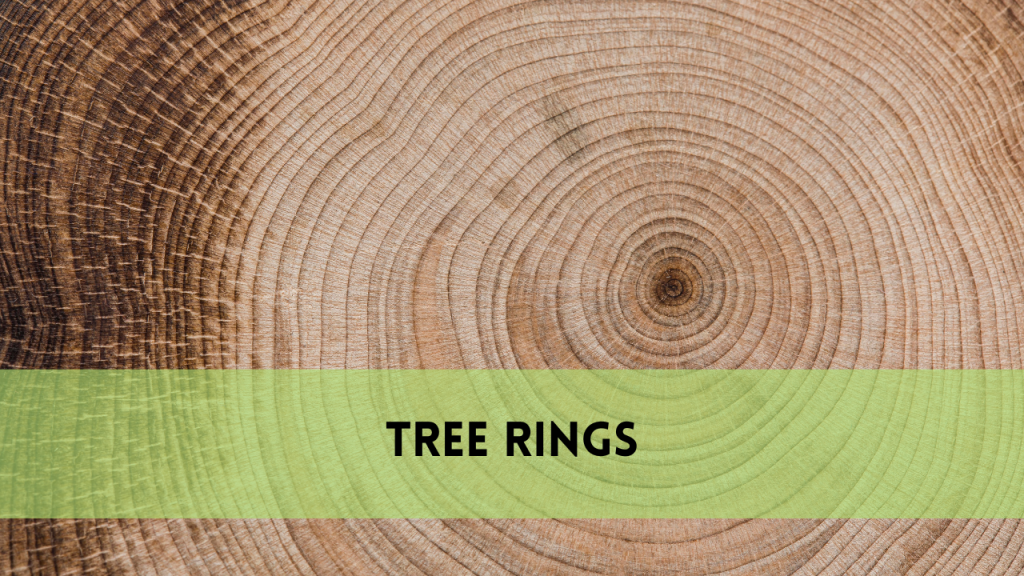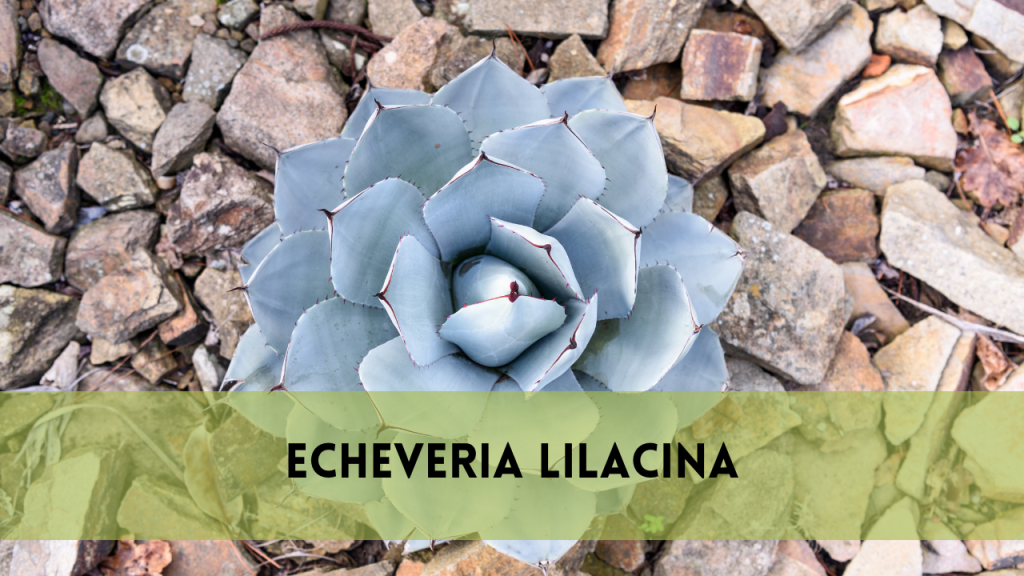Rare Philodendron
Take a horticulture excursion with our thorough introduction to the fascinating world of rare philodendrons. In this informative voyage, we explore the deep characteristics of these amazing plants, with a particular emphasis on the critical aspect of arborist height. Whether you’re a seasoned horticulture enthusiast or a novice enthusiast, this guide has a lot of knowledge on raising rare philodendrons with precision and experience. Rare philodendrons are appealing not only for their magnificent foliage, but also for their capacity to reach astounding heights under the careful management of arborists. Our journey begins with an overview of these remarkable plants, then progresses to reveal the secrets of their growth in diverse ecological settings. Join us as we explore the complexities of site-specific considerations, growth factors, and the art of cultivating rare philodendrons to reach their full potential. This guide will help you unleash the full potential of rare philodendrons, taking your botanical endeavours to new heights.
Rare Philodendron: Unveiling Distinctive Characteristics
Rare philodendrons, known for their exquisite beauty and distinct characteristics, are botanical marvels in the world of flora. With heart-shaped leaves that display a vivid range of greens, these plants have an intrinsic elegance that captivates both novice plant enthusiasts and seasoned horticulturists.
The rare philodendron is distinguished by both its visual appeal and its adaptability. These plants thrive in a variety of habitats and are versatile in both indoor and outdoor settings, making them valuable assets for collectors and arborists alike. The foliage, which is sometimes embellished with exquisite patterns and variegations, gives a sense of refinement to any setting.
Furthermore, the unusual philodendron is resilient, withstanding a variety of weather circumstances and exhibiting a strong nature. These plants, whether snuggled in a tropical jungle or in a regulated indoor setting, demonstrate an innate propensity to prosper and evolve. Welcome to the wonderful world of rare philodendrons, where each leaf offers a narrative of tenacity, beauty, and botanical interest.
Rare Philodendron: A Glimpse into Arborist Heights
As we continue on our botanical adventure through unique philodendrons, the concept of arborist heights takes centre stage, revealing an enthralling story of growth and cultivation. These extraordinary plants, recognized for their luxuriant foliage and distinct traits, become even more fascinating when experienced arborists guide them to impressive heights.
Arborists, like botanical maestros, meticulously create settings in which rare philodendrons can grow and attain their full potential. This section tells the fascinating stories of these plants as they grow under the watchful eye of arborists, adjusting to a variety of environments and weather.
Exploring the complexities of arborist heights provides a more detailed knowledge of how uncommon philodendrons react to environmental cues. From tropical paradises to regulated indoor environments, arborists play a critical role in shaping the upward trajectory of these botanical wonders. Join us as we uncover the secrets behind the breathtaking heights that rare philodendrons may reach, transforming each cultivation into a masterpiece of arborist mastery.
Varieties of Rare Philodendron
The world of rare philodendrons opens with a dazzling diversity of variations, each with unique characteristics that entice plant enthusiasts and arborists alike. Among these botanical jewels, the Philodendron Pink Princess stands out, with brilliant pink variegation on deep green foliage that makes for a visually spectacular show.
The Philodendron White Knight, with its brilliant silver-white leaves, lends a touch of elegance to any collection, while the Philodendron Gloriosum captivates with its huge heart-shaped foliage and velvety feel. The Philodendron el Choco crimson is distinguished by its deep crimson stems and luscious green leaves, which offer a splash of colour to botanical landscapes.
Arborists value the diversity of uncommon philodendron varieties, since each presents its own set of problems and cultivation opportunities. Whether it’s the Philodendron Mamei with its exquisite leaf patterns or the Philodendron Black Cardinal with its dark, dramatic foliage, these types add to the attraction and magic of rare philodendrons, making them sought-after additions to horticultural projects.
Expert Tips for Arborists
Improve your unusual philodendron cultivating skills with great advice from experienced arborists. These experts, with years of hands-on expertise, give ideas that go above the norm, guaranteeing that your botanical endeavours reach new heights.
Precision trimming: Arborists recommend regular, precision trimming to promote bushier growth and maintain desired heights. The timely removal of dead or damaged leaves improves overall plant health.
Optimal Soil Composition: Create a well-drained, nutrient-rich soil mix specifically for uncommon philodendrons. Arborists emphasize the significance of balanced feeding in promoting healthy growth.
Strategic Sunlight Exposure: Use filtered sunlight for best outcomes. Arborists urge that you understand the precise sunshine requirements of uncommon philodendron kinds in order to reach arborist-approved heights.
Mindful Fertilization: Establish a consistent fertilization regimen that focuses on balanced nutrients. Arborists emphasize the importance of careful fertilizing in cultivating lush foliage and impressive arborist heights.
Hydration Mastery: Arborists emphasize the importance of maintaining proper soil moisture levels. Consistent but not excessive watering is essential for avoiding waterlogged circumstances and guaranteeing the thriving of unusual philodendrons.
Environmental Monitoring: Monitor environmental conditions on a regular basis and alter care practices as needed. Arborists emphasize the dynamic character of rare philodendron cultivation, which requires adaptability to changing conditions for long-term success.
Related Posts:
Pruning and Maintenance of Rare Philodendron
Pruning is a key component in the art of maintaining rare philodendrons, ensuring that these extraordinary plants not only retain their visual appeal but also reach arborist-approved heights. Arborists propose a deliberate pruning method that focuses on removing dead or damaged leaves to promote new development and maintain the ideal shape.
Beyond trimming, maintenance includes careful attention to soil conditions, moisture, and environmental considerations. Arborists recommend watching for pests, maintaining a well-balanced feeding regimen, and tailoring care routines to the ever-changing demands of rare philodendrons. Arborists realize the full potential of these botanical jewels by precise trimming and meticulous maintenance, providing an environment in which rare philodendrons develop in both beauty and size.
FAQS
How tall may rare philodendrons reach in ideal conditions?
Under the correct conditions and with competent arborist care, rare philodendrons can reach impressive heights of up to 10 feet.
What is the ideal soil composition for maximizing philodendron height?
A well-drained, nutrient-rich soil mix is critical for supporting healthy growth and reaching lofty heights.
Do unusual philodendrons require special sunlight conditions to reach their maximum height?
Yes, these plants do well in bright, indirect light. For the best outcomes, arborists recommend using filtered sunlight.
How frequently should rare philodendrons be pruned to maintain target heights?
Pruning is recommended on a regular basis, usually every 6-8 weeks, to promote bushier growth and preserve arborist-approved heights.
Can rare philodendrons be grown indoors to reach the ideal arborist height?
Yes, with careful care and consideration to environmental variables, uncommon philodendrons can flourish indoors and grow to astonishing sizes.
Conclusion
In the world of rare philodendrons, the transformation from a small seedling to an arboreal beauty is a monument to nature’s wonders and arborists’ skill. We’ve dived into the fascinating nature of these amazing plants, emphasizing on the critical aspect of arborist heights. From the rich foliage of the Philodendron Pink Princess to the beautiful silver-white leaves of the Philodendron White Knight, each variation tells a different story of perseverance and botanical curiosity. Arborists, the caretakers of these rare gems, use precise trimming and maintenance techniques to ensure optimal development at arborist-approved heights. As we progress through site-specific concerns, growth factors, and expert advice from seasoned arborists, we can see the delicate dance between nature and nurture.



